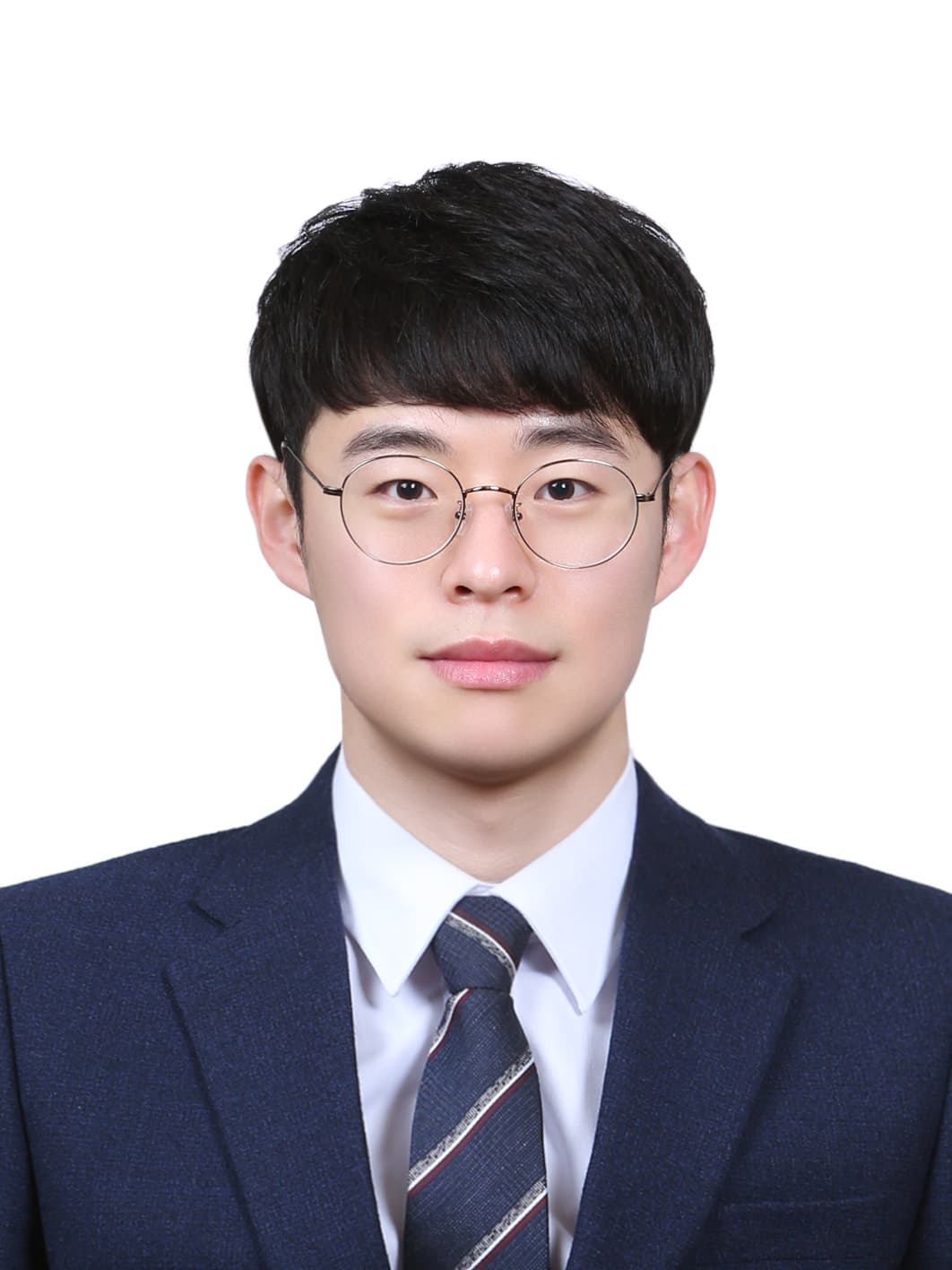Determination of Correction Factor for Holder Used in IAEA/WHO Postal Dosimetry Audit Service Using Monte Carlo Simulations
D HAN1,2*, A Dimitriadis1, K Chelminski1, P Kazantsev1, G Azangwe1, J Swamidas1,3, (1) Dosimetry Laboratory, Section of Dosimetry and Medical Radiation Physics, Division of Human Health, Department of Nuclear Sciences and Applications, International Atomic Energy Agency, Vienna, Austria (2) Department of Medical Health Science, Kangwon National University, Samcheok, Republic of Korea (3) Tata Memorial Hospital, India
Presentations
PO-GePV-T-82 (Sunday, 7/10/2022) [Eastern Time (GMT-4)]
ePoster Forums
Purpose: To determine holder correction factors (HCFs) used in IAEA/WHO electron audit service to investigate the possibility of using the same holder for photon beams using Monte Carlo (MC) simulations and experimental validation.
Methods: In postal dosimetry audit service for electron beams the IAEA/WHO utilizes a polymethyl methacrylate (PMMA) disk holder which is smaller than the conventional PMMA pipe holder used for photon audits and may allow precise positioning of radiophotoluminescence dosimeters (RPLDs) in water tanks. MC simulations were conducted in GATE 9.0, with and without the holder, thus calculating HCFs for the energy range of 6 to 18 MV (SSD=100 cm, RPLDs placed at a depth of 10 cm in water) for reference conditions of IAEA TRS No. 398 Code Of Practice. The HCFs were also derived experimentally using a linear accelerator (TrueBeam, Varian Medical Systems), a scintillation detector (Exradin W2, Standard Imaging) and a stereotactic photon diode (RAZOR, IBA Dosimetry) in the simulation conditions. The correction factors and uncertainties associated with the measurements and the simulations were evaluated. The HCFs obtained for the disk holder were compared with the conventional pipe holder.
Results: The HCFs ranged from 1.001 to 1.007 and 1.000 to 1.002, for measurements and simulations respectively, and the associated uncertainties were 0.10% and 0.49%. The difference between the two sets of data was 0.37% on average, showing good agreement. These were smaller compared to the HCFs for the conventional pipe holder which range from 1.0058 to 1.0062 and 1.0053 to 1.0081 for measurements and simulations respectively with uncertainties of 0.14% and 0.20%.
Conclusion: Good agreement between MC simulated and experimentally determined HCFs demonstrate that it is possible to expand the usage of the holder to include both electron and photon audits. Compared to the conventional photon holder, the disk holder requires lower HCF.
Funding Support, Disclosures, and Conflict of Interest: This research was supported by International Atomic Energy Agency (IAEA) and Korea Nuclear International Cooperation Foundation (KONICOF). The authors have no conflict of interest to declare. AD, KC, PK, GA, and JS are employees and HD was a intern of the IAEA.
Keywords
Not Applicable / None Entered.
Taxonomy
Not Applicable / None Entered.
Contact Email



